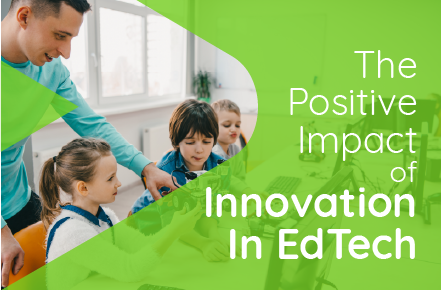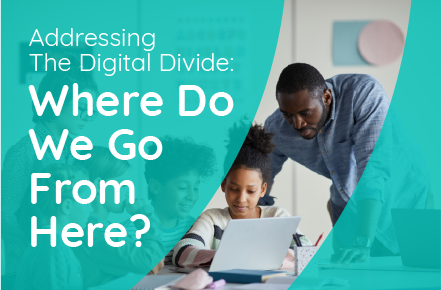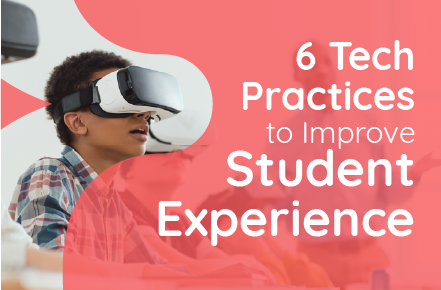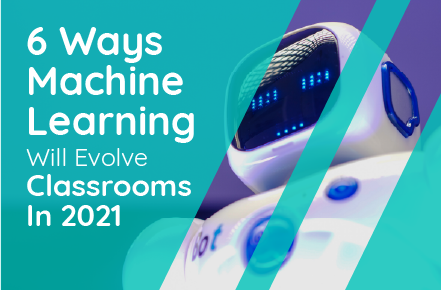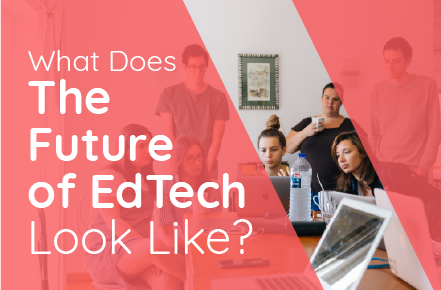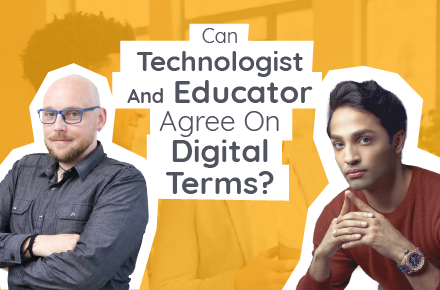Incorporating formative assessments in your classroom to see how students learn in real-time can often feel like an impossible challenge. While understanding your student’s comprehension is necessary, a teacher has many questions and concerns when implementing formative assessments.
- How do you find the time to incorporate these assessments?
- Do you truly know your students understand the key topics?
- Which students are ready to move on and which ones are not?
- Are these assessments framing the next lesson?
Integrating the right tech education platform can take the guessing game out of formative assessments and provide teachers with a quick, easy, and accurate gauge of vital student comprehension. The lack of complicated grading systems or point levels, but rather a focus on genuine understanding, allow teachers of any subject to feel confident their students are learning and developing coding skills. With this comprehension, they will hold onto throughout their education life and into their careers.
Outside of the importance of knowing what your students are learning, here are three benefits of incorporating formative assessments through tech education:
Free Up Time
It sounds counterintuitive to think adding formative assessments would decrease workload, but that is the case with the right platform. Instead of developing mechanisms to gauge student comprehension, teachers can use a tech education platform like a classroom management system.
For Alicia Johal, Middle School Robotics Teacher & Assistant Director of Center for Innovation at the San Diego Jewish Academy, the real-time assessments offered by BSD Education in the classroom have opened the door for her to productively engage with students. In addition, these assessments let her do what she does best – teach.
“I can go in at any time of the day and check and see what project a student is on, what step they are on, how long they’ve spent on that step, and see how they are doing in the class,” said Johal.
Improve Dialogue and Collaboration
Students use an online, self-guided platform, while teachers like Alicia use the platform to accurately understand where to help them. This identifies possible issues students are having, but it also increases dialogue and collaboration between teachers and students.
“I’ve never talked to my students so much while they’re coding, and that is powerful,” said Johal. “Not only for their comprehension, but they are also talking about it. That sort of dialogue is so powerful, and I think that’s why they remember more than what I see them remember with other programs.”
Increase Student Engagement
Providing instant feedback for a student through formative assessments plays a significant role in maintaining student engagement. For Alicia’s students, the consistent feedback and progress displayed have helped them focus and overcome obstacles.
“They’re getting these little prompts after each step when they do it correctly, and I feel like it’s an intrinsic motivation,” said Johal. “They see their progress and movement within each class period. I’m always surprised that they don’t get bored or complain, and I think it’s the interface. Being able to see how they’re doing all the time makes a big difference.”
As classroom sizes grow, utilizing time efficiently has never been more critical for teachers. Tech education and BSD can empower educators of any subject or experience level to incorporate practical formative assessments that ensure students walk away with digital skills they can use for the rest of their lives.
Learn how you can partner with BSD Education today and begin helping your students develop 21st-century skills.



